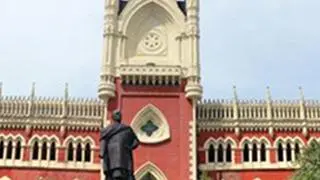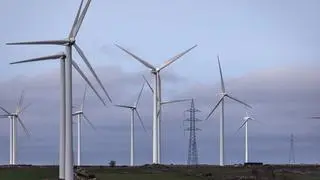Jaguar and Land Rover made their India entry a year or so after Tata Motors took over the iconic luxury British brands. Beginning with the assembly of the Freelander 2 at a plant in the premises of its parent company, the company now makes four models in India and plans to bring in more. In an e-mail interview, Rohit Suri, President, Jaguar Land Rover India, spoke about the company’s growth in the Indian market. Edited excerpts:
JLR has entered the Indian luxury car market relatively late. Do you feel you have managed to get a foothold?
Jaguar Land Rover was launched in India in June 2009. Since then, the industry has grown three-fold, we have seen our volumes grow circa 15-fold.
Despite not being present in the sub-₹40 lakh segments of premium hatch-backs, small sedans, compact sedans and SUV’s, which form around 40-50 per cent of the premium car industry, we enjoy 8-9 per cent market share in the overall premium car market and around 14-15 per cent share in JLR relevant segments.
So, yes, we would say that we have managed to well establish JLR in India.
You have been growing pretty rapidly since your entry with six fully built units in July 2009 to around 3,000 units in 2013. What do you attribute this to?
Our circa 15-fold growth since FY09-10 may be attributed to a number of factors like establishing leading after-sales service network across India, building parts warehouse with high fill rates to be able to service customer requirements promptly, focus on service and sales staff training and expansion of local manufacturing footprint and providing more product choice to customers.
With key product launches like Discovery Sport and Jaguar XE this fiscal year, we shall continue this product offering and are targeting yet another year of growth.
How many products do you currently offer in the Indian market? And how is the sedan versus SUV sales number divided (in % terms)?
Overall, we provide customers in India a choice of over 30 different engines/derivatives. The Jaguar range in India includes locally manufactured XF and XJ and F-Type (CBU form) with prices ranging from ₹42.5 lakh to ₹124.75 lakh.
The Land Rover range includes locally manufactured Freelander 2 and Range Rover Evoque and CBU forms of Discovery, Range Rover Sport, and Range Rover. The prices range from ₹41.06 lakh to ₹181.6 lakh. The split between them is roughly 50:50.
What has been the experience of making the marquee British brands in Pune? Can you share some lessons you have learnt? Did you have to groom technicians on quality aspects?
We locally manufacture four models at the plant in Pune — Freelander 2, Range Rover Evoque, Jaguar XF and Jaguar XJ. Production at the Pune plant has grown multi-fold since its inauguration in 2011 and the local manufacturing of Range Rover Evoque in the facility early this year, comes as part of Jaguar Land Rover’s plans to expand its manufacturing footprint globally, increasing its production capacity outside of the UK.
Jaguar Land Rover has a global approach to quality to ensure consistent levels are achieved at all manufacturing plants and the same quality systems and standards are applied and achieved in India plant operations as well.
The three German companies that corner most luxury car sales in the country have already introduced compact cars. JLR has just launched the baby Jag – the XE – globally. How soon can we expect to see the XE in India?
Jaguar as a brand has done extremely well in India and Jaguar XE will take this success to the next level. Jaguar XE is a unique vehicle with segment first Aluminium-intensive monocoque design. By virtue of its desirable proposition, the XE will enable us to target a whole new industry segment and make the Jaguar brand more accessible. We are extremely positive about the XE in India and are confident about maximising its sales. Jaguar XE is expected to be launched in India in early 2016.
Do you propose to make the XE locally?
Yes.
How many dealerships currently and what are you expansion plans on this front?
We have a network of 21 retailers across 20 major cities in India and we plan to expand the network to 22-23 outlets by the end of the calendar year.







Comments
Comments have to be in English, and in full sentences. They cannot be abusive or personal. Please abide by our community guidelines for posting your comments.
We have migrated to a new commenting platform. If you are already a registered user of TheHindu Businessline and logged in, you may continue to engage with our articles. If you do not have an account please register and login to post comments. Users can access their older comments by logging into their accounts on Vuukle.